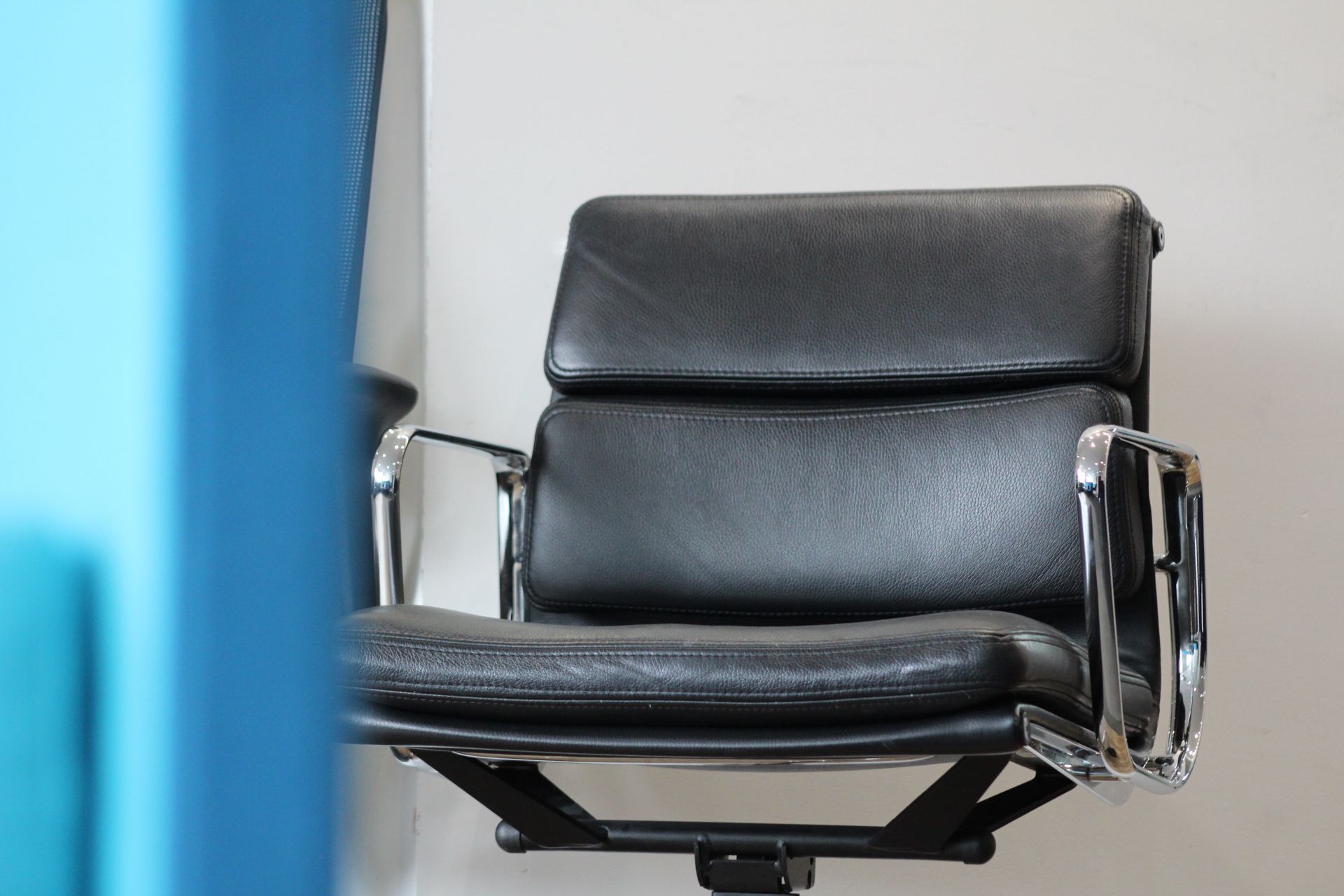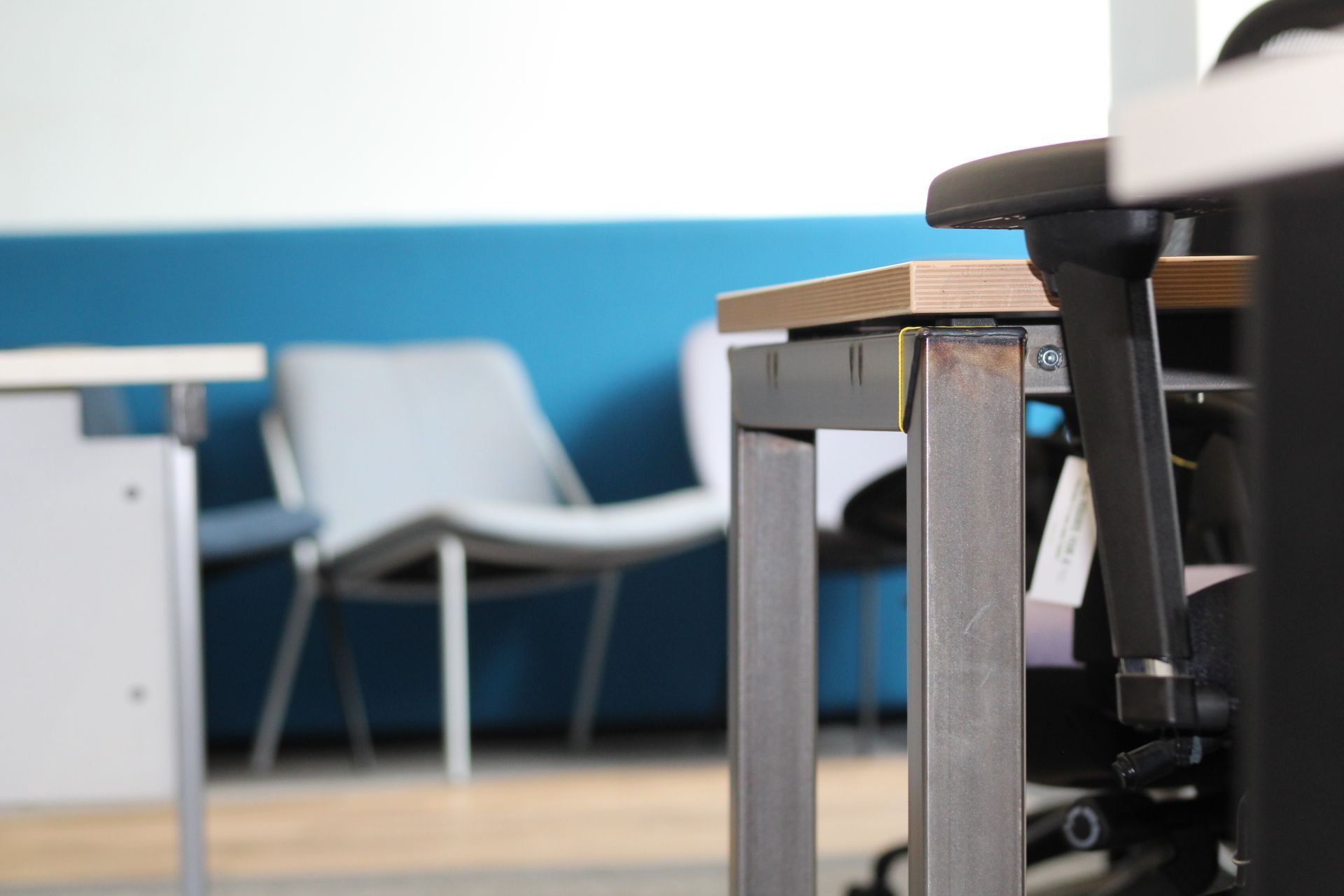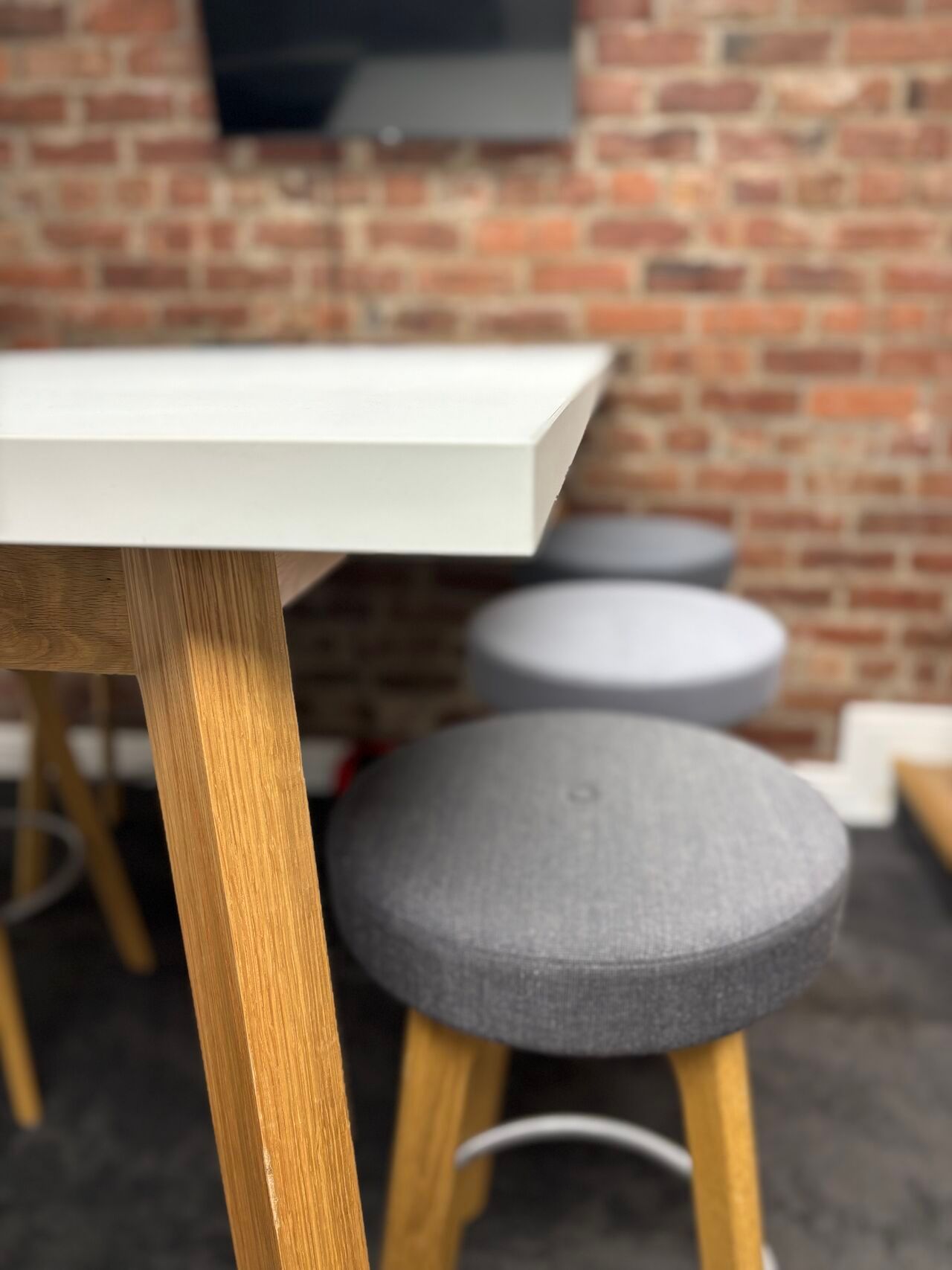How Eco-Friendly is Your Office Furniture? Unraveling its Carbon Footprint and Reduction Strategies
Uncovering the Environmental Impact of Office Furniture and Strategies for a Greener Workspace
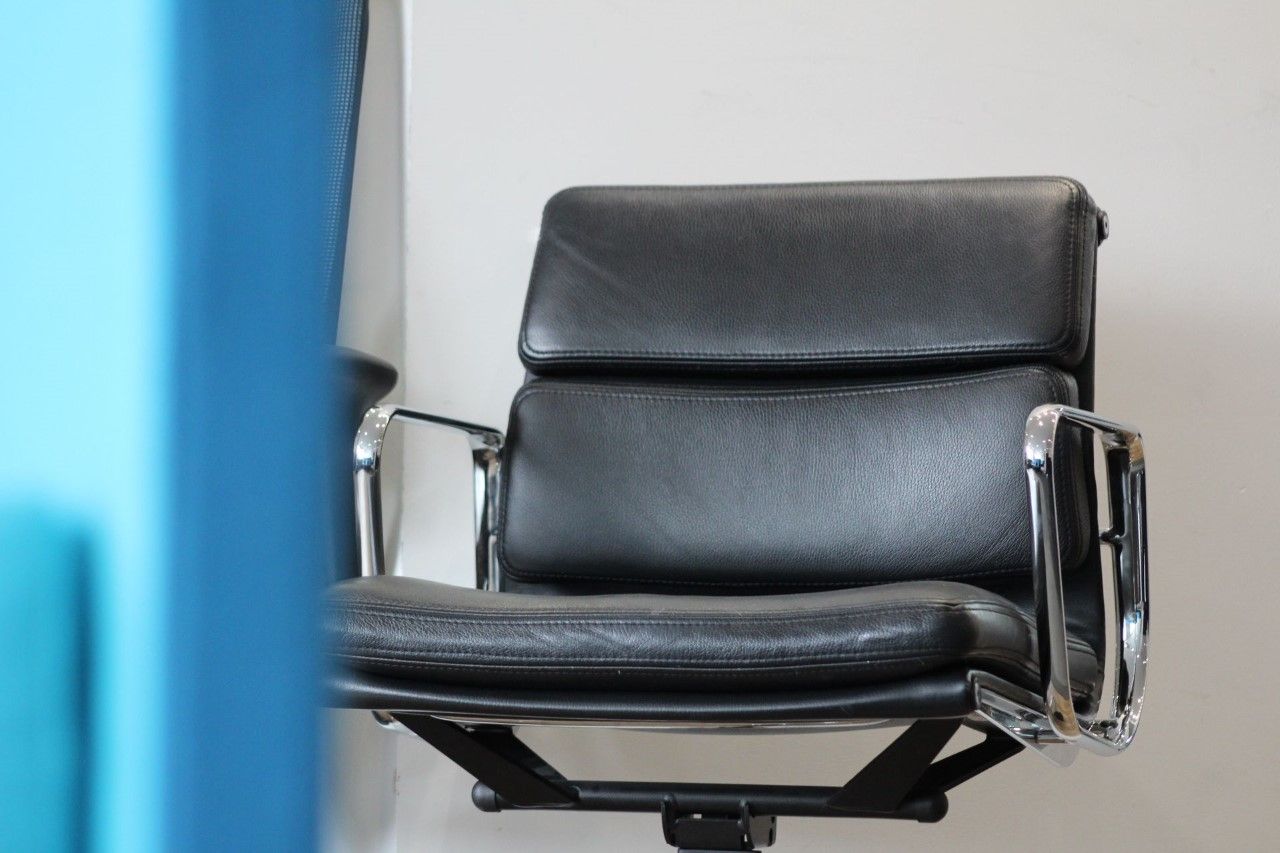
The issue of climate change and global warming has become increasingly urgent in recent years. A significant contributor to these phenomena is the carbon footprint of various human activities, with office furniture often being overlooked as a major factor. This article aims to provide an in-depth analysis of the carbon footprint of office furniture, its hidden environmental impact, and suggest ways to reduce this footprint.
Understanding the Carbon Footprint of Office Furniture
The carbon footprint of office furniture can be defined as the total amount of greenhouse gas emissions produced during the entire life cycle of a product. This life cycle includes raw material extraction, manufacturing, transportation, usage, and end-of-life disposal or recycling. A range of furniture pieces, from chairs and desks to filing cabinets and lighting fixtures, contribute to this footprint. The materials used, energy consumed during production, and emissions during transportation and disposal all impact the overall carbon footprint of these items.
Hidden Environmental Impact
While the direct carbon emissions from office furniture may not be as high as those from industrial processes or transportation, the hidden environmental impact is significant. This includes:
a) Deforestation: Many office furniture items are made from wood or wood-based materials, contributing to deforestation and habitat loss for countless species.
b) Resource depletion: The extraction of metals, such as aluminium and steel, required for office furniture manufacturing can lead to the depletion of non-renewable resources and cause environmental degradation.
c) Chemical pollution: The production of furniture often involves the use of chemicals and synthetic materials, which can pollute air and water sources.
d) Waste generation: Discarded office furniture often ends up in landfills, generating waste and releasing greenhouse gases during decomposition.
Reducing the Carbon Footprint of Office Furniture
There are several ways to reduce the carbon footprint of office furniture, which can be implemented by both manufacturers and consumers.
a) Sustainable materials: Choose office furniture made from sustainably sourced materials, such as FSC-certified wood, recycled metals, or recycled plastics.
b) Energy-efficient manufacturing: Support manufacturers that use energy-efficient production methods and prioritise the reduction of greenhouse gas emissions.
c) Local sourcing: Purchase furniture from local manufacturers to reduce transportation emissions and support local economies.
d) Durability and longevity: Invest in high-quality, durable furniture that will last longer, reducing the need for frequent replacements and lowering the carbon footprint over time.
e) Recycling and disposal: Ensure proper disposal or recycling of old office furniture, as this can significantly reduce the environmental impact of these items at the end of their life cycle.
The carbon footprint of office furniture may not be the most apparent factor in the fight against climate change, but it is essential to consider its environmental impact. By understanding the hidden effects and adopting sustainable practices, both manufacturers and consumers can play a significant role in reducing the carbon footprint of office furniture and contribute to a more sustainable future.
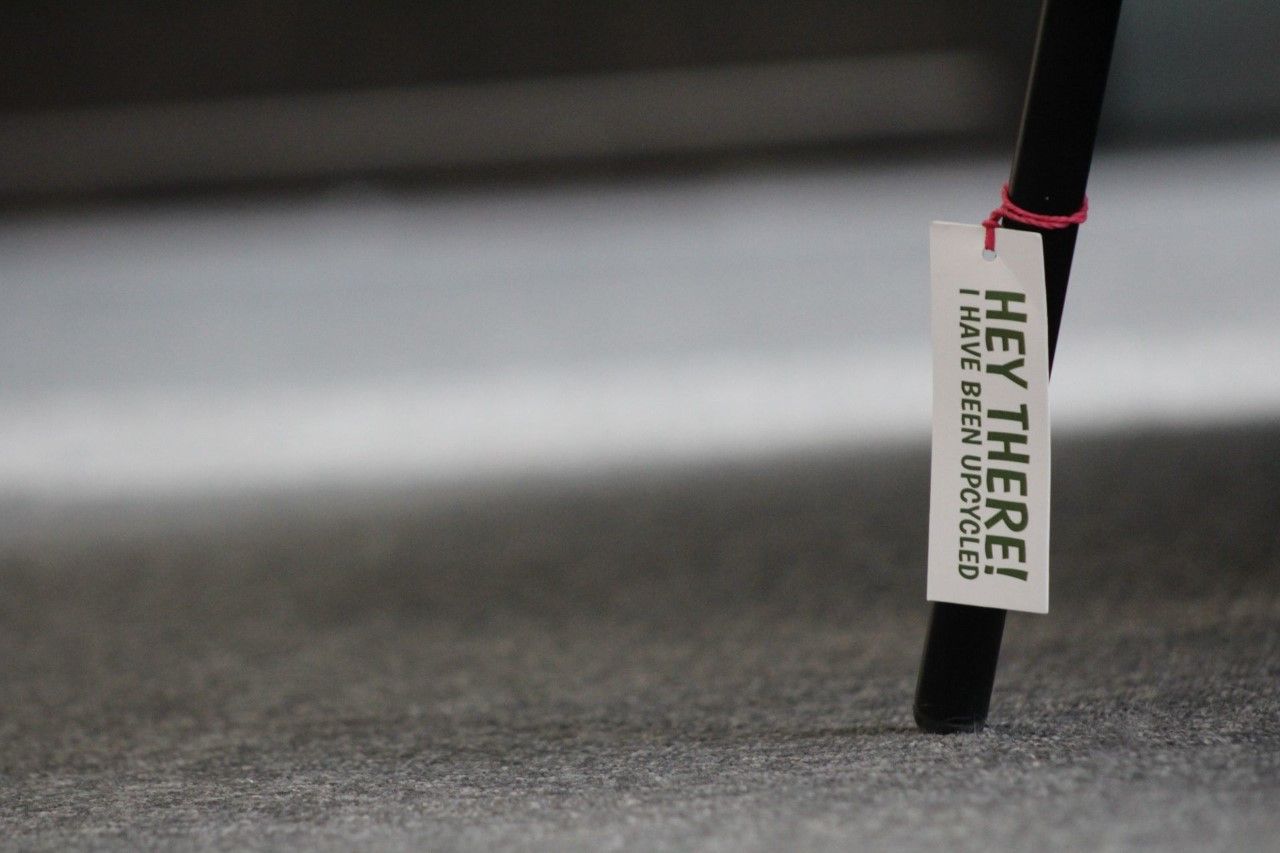
As businesses become more environmentally conscious, the importance of reducing the carbon footprint associated with office furniture is becoming increasingly evident. One effective way to achieve this is by reusing and refurbishing existing office furniture, rather than purchasing new items. This article will explore the benefits of office furniture reuse and refurbishment, and how working with companies specialising in these services can contribute to a more sustainable and cost-effective approach for businesses.
Environmental Benefits of Office Furniture Reuse and Refurbishment
a) Reduced resource consumption: Reusing and refurbishing office furniture means fewer raw materials are needed for the production of new items, thus reducing the demand for resource extraction and associated environmental impacts.
b) Reduced waste: By giving office furniture a new lease on life, companies can prevent the disposal of functional items, reducing the volume of waste sent to landfills and the associated greenhouse gas emissions.
c) Lower carbon footprint: Refurbishing existing furniture reduces the carbon footprint associated with the production, transportation, and disposal of new furniture items.
Economic Benefits of Office Furniture Reuse and Refurbishment
a) Cost savings: Refurbishing existing office furniture is often more cost-effective than purchasing new items, allowing businesses to save on expenses while maintaining a professional and comfortable work environment.
b) Extended furniture lifespan: Refurbishment can significantly extend the lifespan of office furniture, reducing the need for frequent replacements and minimising long-term costs.
Social Benefits of Office Furniture Reuse and Refurbishment
a) Job creation: Office furniture refurbishment creates job opportunities for skilled workers in the refurbishment industry, promoting local employment and economic growth.
b) Support for non-profit organisations: Donating refurbished office furniture to non-profit organisations can provide valuable resources for these groups while enhancing a company's reputation for social responsibility.
Working with Office Furniture Refurbishment Companies
a) Expertise and quality: Professional refurbishment companies possess the expertise and equipment required to restore office furniture to a high standard, ensuring that the end result is both functional and aesthetically pleasing.
b) Customisation: Refurbishment companies can work closely with businesses to customise furniture according to specific needs, allowing for unique designs and improved ergonomics.
c) Compliance with environmental standards: By partnering with a reputable refurbishment company, businesses can ensure that their office furniture is refurbished in compliance with relevant environmental and safety standards.
d) Warranty and support: Refurbishment companies often provide warranties and after-sales support, giving businesses peace of mind regarding the quality and durability of their refurbished office furniture.
Office furniture reuse and refurbishment offer numerous benefits for businesses, the environment, and society. By working with professional refurbishment companies, businesses can extend the life of their office furniture while reducing their carbon footprint, cutting costs, and supporting local economies. Embracing sustainable practices, such as office furniture refurbishment, is a responsible choice that contributes to a greener and more sustainable future for all.

